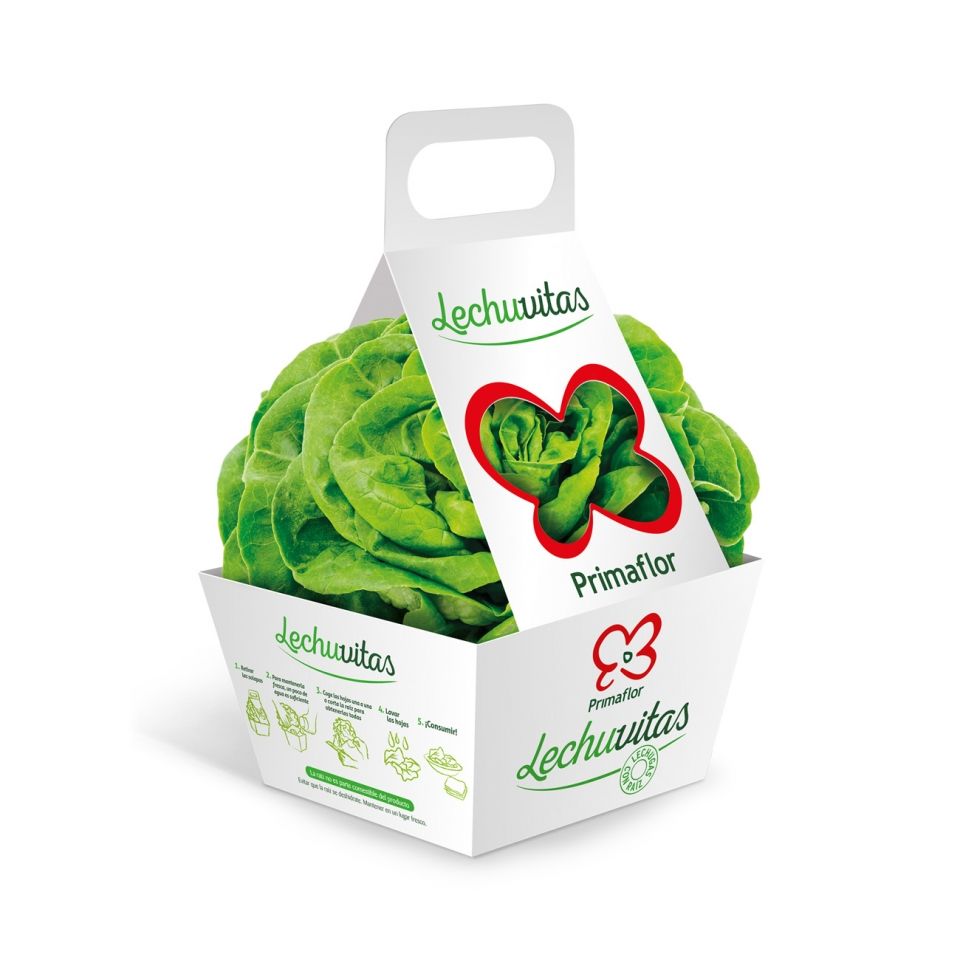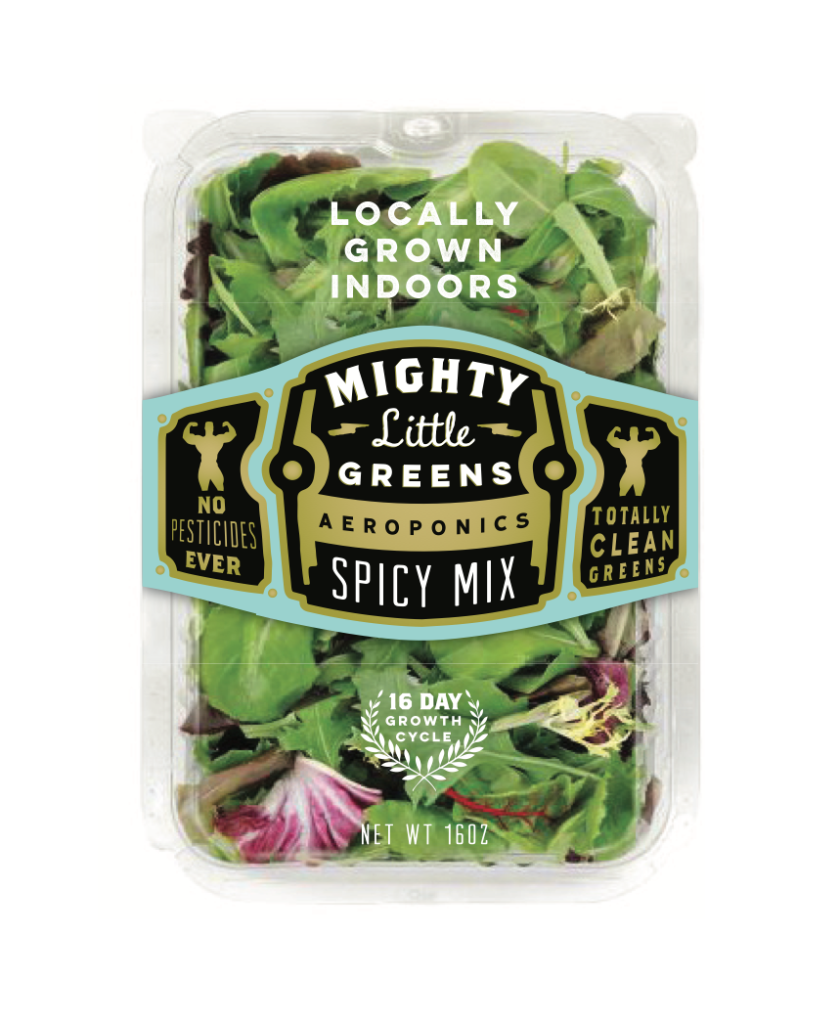For Vertical Farmers, The Proof Is In The Packaging
For Vertical Farmers, The Proof Is In The Packaging
May 5, 2018
by Orange Packaging
If you’re a vertical farmer, you know your produce is the freshest around—even though it didn’t grow on a “traditional” farm. The meticulous planning and science behind each head of lettuce or strawberry you’ve grown would blow anyone’s mind. But how do you set yourself apart from more traditional growers in the mind of potential customers? Simple: it’s all in how you package it.
Farmers with the best-selling produce employ the latest trends in packaging design and technology to get their produce from the “farm” into the hands of customers. They’ve learned the key to creating a package experience customers can’t resist: everything from the label to the shape of the package plays a role in your customer’s buying decision. In fact, one-third of customer decision-making is based on packaging according to The Paper Worker.
Think about it: how often do you purchase a product purely based on its one-of-a-kind packaging? For younger demographics, this is often how purchases are made. Take one look at Instagram’s #packagingdesign hashtag and you’ll see what we mean. Younger audiences are sharing and tagging their favorite brands on social channels and getting their friends to do the same. And on a popular social channel like Instagram, the visual experience is what matters most.
Fortunately, vertical farmers can use these trends to their advantage. Businesses have reported a 30 percent increase in consumer interest when they choose to focus on packaging. Whether your farm specializes in kale, collard greens, basil or bok choy, creating the ultimate packaging experience takes some advance planning. Below are a few tips to help get your creative juices flowing.
1. Make a great first impression.
Your package is the first thing a consumer sees; make it exceptional. Even if you’re lacking the budget for a big launch, the packaging itself should be a priority. Determine to spend your time and money here first.
2. What makes you unique?
Let the package tell your story. Play up the fact that you’re saving water while harvesting produce faster than traditional farming practices. Or highlight how your facility turned a previously overlooked urban landscape into a thriving vertical farm.
3. Go green.
Is your package sustainable or recyclable? Explain what happens when your package gets thrown out or share how your company is being environmentally responsible.
4. Share the wealth.
Does your farm give back to the community? Share it loud and proud. If not, perhaps you need to consider incorporating charity into your business model.
5. Stay social.
If you’re on social media, tell your fans where to find you. Consider creating a unique hashtag to track customer photos of your products and the delicious dishes they whip up using your produce.
6. Think in 3-D.
How will your package fit in the fridge? What about in the supermarket? Is it stackable? Will it fit in a produce drawer or on the shelf? Get creative and check out some of the latest thermoform trends before deciding which route to take.
7. Pick the best partner.
Choose a packaging supplier that is committed to the industry and stays on top of the latest packaging trends. U.S.-based supplier, Orange Packaging, has been in the biz since 1950 and offers a variety of Thermoformed packaging options for vertical farmers. It stocks ready-to-purchase molds like small herb clamshells, bulk lettuce containers, tubs and bins in several different materials like food-grade APET and rPET as well as corn-based PLA. The company also works with growers to create custom packaging solutions that can be produced in as little as 3-4 weeks.
Take your time in the research phase and use these tips to start dreaming up the package that works best for your brand. With smart planning and an exceptional packaging partner, you’ll soon have a package that’s simply irresistible to customers.




